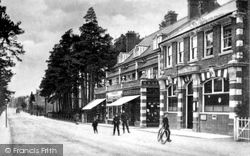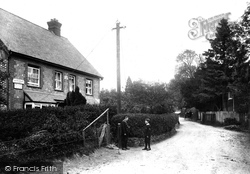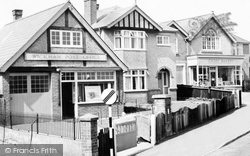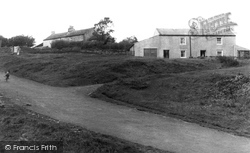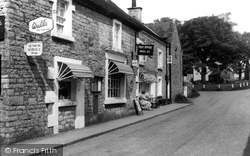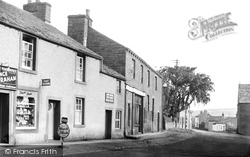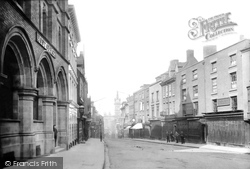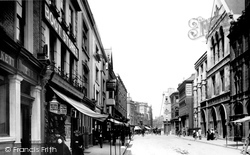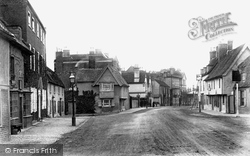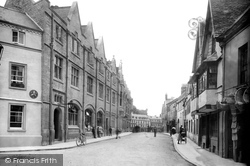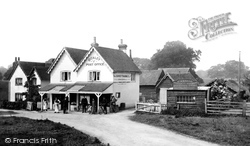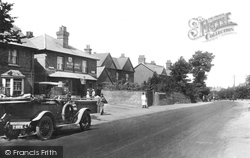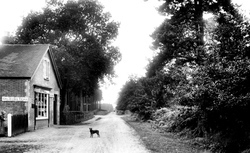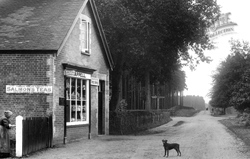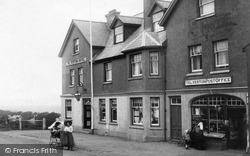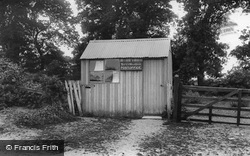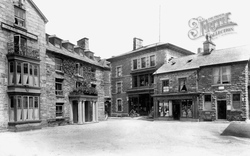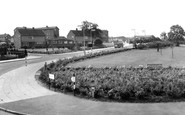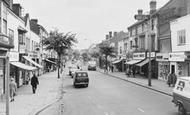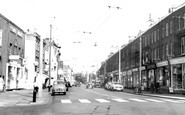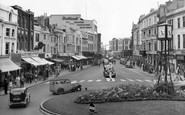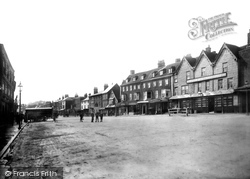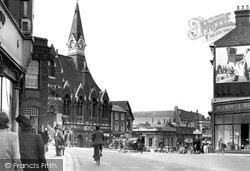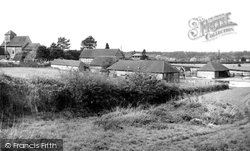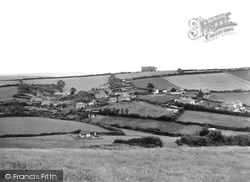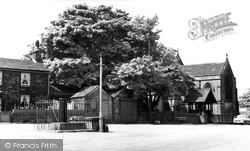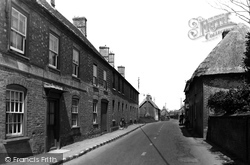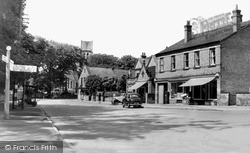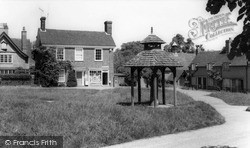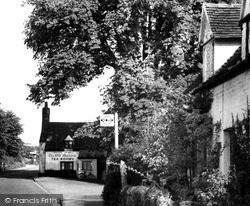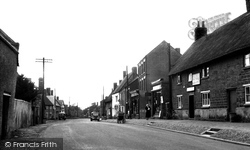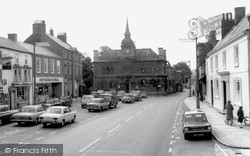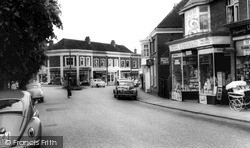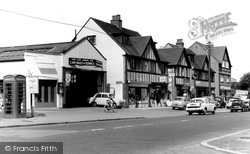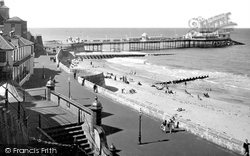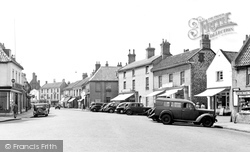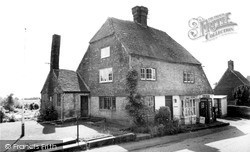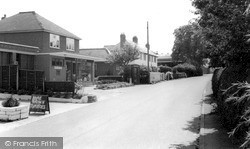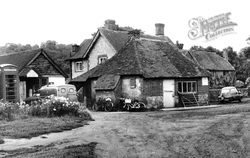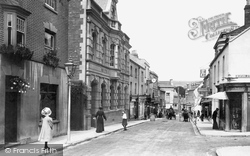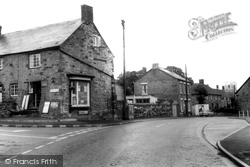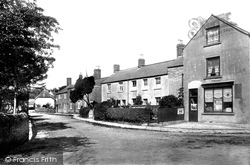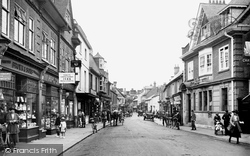Places
9 places found.
Those places high-lighted have photos. All locations may have maps, books and memories.
Photos
2,359 photos found. Showing results 901 to 920.
Maps
776 maps found.
Books
Sorry, no books were found that related to your search.
Memories
2,736 memories found. Showing results 451 to 460.
Lester Avenue E15
I was born at home in Lester Avenue in 1947. 9 of us lived in that 3 bedroomed house, and it never seemed overcrowded. There were 2 Grandparents, an Aunt, Uncle and Cousin, my Mum and Dad, my Sister and Me. I can remember going to ...Read more
A memory of West Ham by
Cyril Henry Heath And The Heath Family.
I have been told of old troedy many times and been driven through it to Bargoed, not much there now just a post office. My step father Cyril Heath was born there in September 1934, quite a large family so ...Read more
A memory of Troedrhiwfuwch by
Coppice Avenue Lower Willingdon
I lived above Walters the greengrocers next to the post office from 1948 to 1959 and remember what an amazing time it was .Holters was just around the corner where we used to buy his 1p lollies next door was ...Read more
A memory of Lower Willingdon by
I Was Nearly Killed Here!
Greetings from Canada! O how this picture brings back memories. I was raised on nearby Argyll Street in the late 50's and 60's, and the area shown in this picture encompasses virtually all of my childhood... But also within ...Read more
A memory of Corby by
Information Please.....
hope no-one minds me posting here,im desperatley trying to find a gentleman by the name of GRAHAM WEST...MR WEST would be in his 60,s and was originally thought to be from YNYSYBWL....thankyou for taking the time to read this........Sandrina taylor
A memory of Ynysybwl by
Brierley Hill Girls Memories
I was born in Chapel Street, in 1947. My uncle, Len Gray, had a newsagents in the town, near the bus stop by the Old Post Office, as was. My Grandad used to sell papers on the Five Ways and as a girl I would stand ...Read more
A memory of Brierley Hill
The Former Post Office (Later Rivers Dale House) The Street, Eversley, 1970's
As I have outlined on this site before, I lived in The Street, Eversley from 1971 - 83. The house in which we lived, built in 1952 by a Mr & Mrs Leversuch, no longer exists ...Read more
A memory of Eversley by
Home Sweet Home
At the time this photograph of the High Street was taken I was 15 years old. Not knowing then, I would be walking down this road some years later with my first girlfriend and now my wife of 51 years. Where the ...Read more
A memory of Teddington by
Turnbull Road Off Reddish Lane
I lived in albert avenue off turnbull road from 1944 until 1957. It was a great place to live.We skated on Turnbull road,had a rope round a lamp post as a swing,played on bikes.Went to Debdale park played tennis if ...Read more
A memory of Gorton by
Childhood Memories Of The 1950's
My Grandparents moved to Worthing in June 1910. They first rented a property called Sunnyside (No 11) in Ladydell Road whilst waiting for the Church Walk houses to be completed. Then they moved into 23 Church Walk ...Read more
A memory of Worthing by
Captions
1,642 captions found. Showing results 1,081 to 1,104.
The Castle and Ball Hotel, an old established commercial hotel and posting house on the north side of the High Street, has a distinctive tile-hung front with pierced barge-boards decorating
In the immediate post-war era, Luton was a medium sized town - albeit a county borough - about to become very much larger.
The black smock mill Jack is conserved, while the white post mill Jill is in full working order and open to visitors.
The large building in the centre was formerly known as the Angel Inn and, as the sign above the door still testifies today, was 'Licensed To Let Post Horses'.
In the 1930s, Albert Lee was running the Post Office in Lower Eype and Thomas Lee was the farmer.
Here on the left is Sundial Cottage (1830), once the post office. The village pump has been taken away, but the old smithy (centre), later a hearse house, remains.
Run by Victor Lock and his son, with telephone number Bere Regis 1, this was the post office from 1927 till 1973, when it moved to West Street.
The post office is now a funeral director's.
This village of great beauty is said to be the most photographed in Hertfordshire.
Just after the lane stands what was in the 1950s the Old Windmill Tea Rooms - it had been the post office in the 1930s. Today it is a private residence.
The Grand Union Canal emerges from the Braunston Tunnel east of Braunston village and descends past the village on a flight of six locks. This view looks west along the High Street.
To its left is the post office, located in an imposing brick fronted building of 1799. The market place still serves as a car park.
Lloyds Bank (centre right) is now Littleham Post Office, and E Prior the newsagent's (right) is now a tropical fish shop.
In the 1930s, Albert Lee was running the Post Office in Lower Eype and Thomas Lee was the farmer.
This photograph looks north past the garage, now rebuilt as a BP petrol station. Beyond is the almost inevitable Surrey mock-Tudor half-timbered shopping parade.
This area is illuminated by beautiful, ornate lamp posts. The Victorian lavatories under the steps with their decorative brickwork and small domes are a work of art.
The third building belongs to Mr Newman, the newsagent who also ran the post office. Next door is Siddalls, a family firm who have been selling shoes and handbags since 1936.
The telephone kiosk is of a more modern type, and the shop front has been developed and a post box placed outside. A tall chimney on an outbuilding, leans considerably; this has now been rebuilt.
All this is now reduced to the anonymous, all-purpose architecture of the post office and similar expanding contemporary development, particularly on the north side of the village.
L T Gamblin's village smithy with the cycles leaning against it has gone the way of most forges and is now a shop, Poppy's Delicatessen, while the post office is now the Beauty Gallery and has lost
On the far left is the Post Office Inn. Horwood's fancy goods shop is on the corner with Bedford Street (right).
Later brick houses also feature, including the Blisworth Post Office and Stores in the middle distance. The corner shop advertising Tizer is now a house.
The village store, which is the present Post Office (right) was advertising Venus Soap (enamel sign on fence), Fry's Chocolate and Fry's Pure Cocoa (windows), and Dr Sutherland's report on patent Rua Tea
The post office, that, in about 1910, replaced Mrs Crowley's premises, was in the style of Queen Anne. It is on the right with the modillioned cornice and pediment.
Places (9)
Photos (2359)
Memories (2736)
Books (0)
Maps (776)



